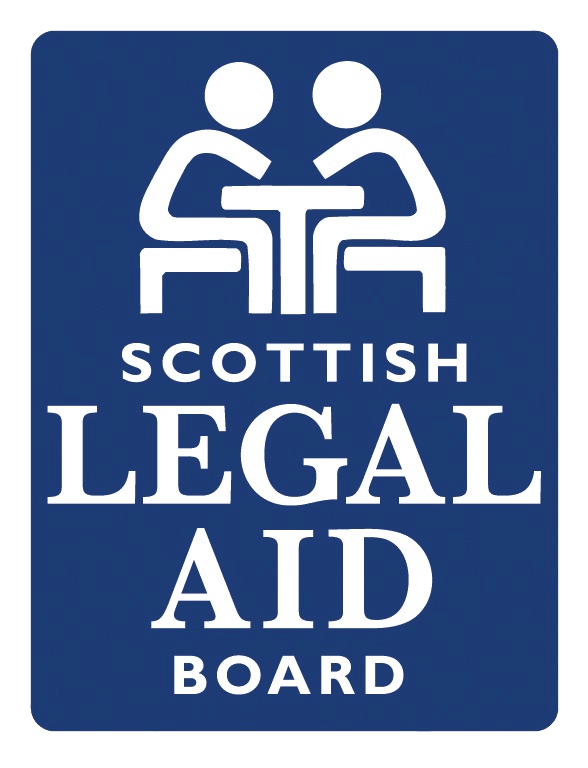The appellant, JH, was convicted of assaulting family members over a two year period. He has appealed this conviction, arguing that the jury had been misdirected on what is required for corroboration.
The charges concerned an assault on his partner’s son where he struck him on the head, punched him, extinguished cigarettes on his body, and held his head underwater. The victim was aged between 3 and 5 at the time of the multiple offences.
The crown relied on evidence given by the victim’s brother and his mother regarding the assaults and they maintained that mutual corroboration came from the other three charges of physical assault of which the appellant was convicted and two charges of sexual offending.
The trial judge directed the jury that the physical assault could only corroborate other physical assaults, not any sexual assaults. The appeal was founded on this direction, with the appellant claiming that it was not adequately explained how mutual corroboration could operate within the confines of that charge.
Delivering the opinion of the court, Lord Carloway began: “The trial judge’s direction, at least in relation to charge (1), that ‘so long as a part of a charge is corroborated then the remainder of the charge can be proved by the evidence of a single witness’, was wrong. Whether corroboration of part of a charge is sufficient depends upon the nature of the charge. If it libels a single assault, corroboration of part of the assault may be sufficient, but where what is libelled is an omnibus charge which includes different assaults, separated in time, each assault requires to be corroborated.”
He concluded: “They must inevitably have considered that the assaults on charge (1) formed part of that course. They had been directed properly on how to apply mutual corroboration to the evidence on different charges, albeit not expressly in relation to charge (1). That being so, the jury had sufficient directions by way of a route to a guilty verdict on all charges.”
The appeal was accordingly refused.


